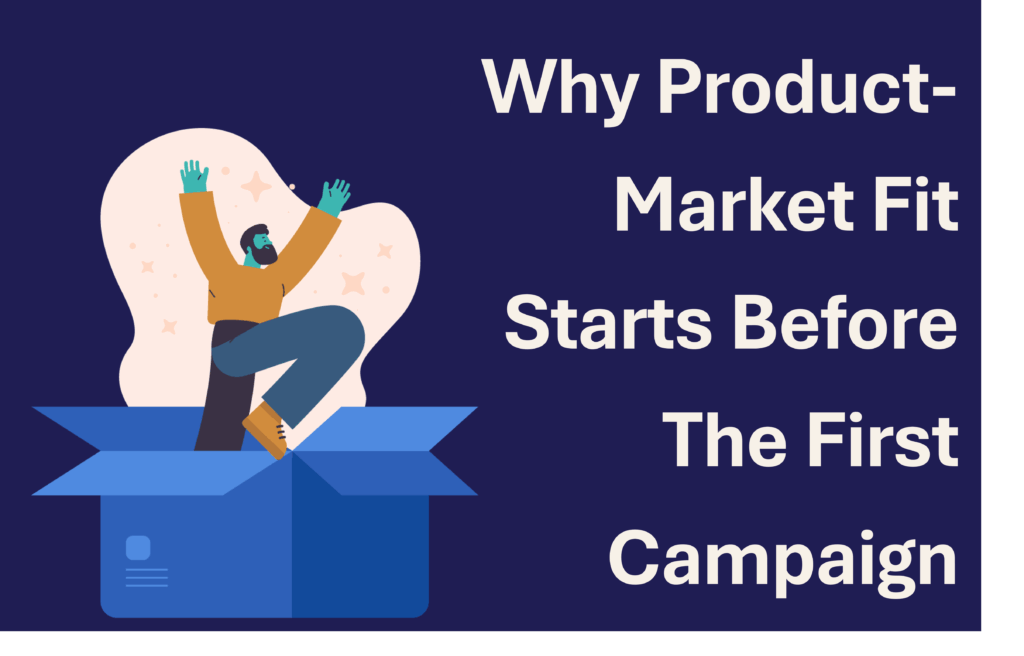I’ll be honest, AI still surprises me. Not because it’s new, but because I continue to see marketers treat it like a mystery. The truth is, AI is not some unpredictable force. It’s a tool. A powerful one. But like any tool, its value depends on how you use it.
And if you’re still staring at a blank Google Doc, hoping for inspiration to magically appear, you’re doing content ideation the hard way.
Before AI became part of my workflow, I had months where I needed to come up with 60 article topics. That meant endless keyword research, competitor analysis, and a lot of guessing. It was tiring. Worse, I often found myself recycling the same ideas just to keep up.
When I started using AI to support ideation, everything changed. I could generate starting points in minutes, then spend my time refining and shaping them into something original. No more waiting for a spark. Just forward motion.
Why AI Makes Content Brainstorming Easier
Before AI, brainstorming meant:
- Manually scanning blog posts for inspiration
- Researching trends across five different tools
- Guessing what might perform well
- Hoping your gut instinct was close enough
Now, with the right approach, AI can help you:
- Generate relevant ideas quickly
- Validate trends before you commit to a topic
- Spot opportunities that others have missed
- Move faster without sacrificing quality
The key is knowing how to guide it. If your prompt is vague, the ideas will be too. If you give it clear direction, it becomes a great creative partner.
My Three Favorite Tools for Content Ideation
There are a lot of AI tools out there, but three stand out when it comes to finding, evaluating, and refining content ideas: ChatGPT, Exploding Topics, and Brandwell. Each serves a different purpose, and together, they create a powerhouse system for content planning.
ChatGPT: Break Through the Blank Page
ChatGPT helps me get moving. It’s not perfect, but it’s incredibly helpful when I need a creative spark.
Here’s how I use it:
- To generate initial ideas
I start with a specific prompt like:
“List 10 blog topics for marketers exploring AI-powered growth strategies.” - To refine and focus
Once I have a list, I ask for the primary keyword for each topic. This helps align the ideas with search intent. - To clean up overlap
Not every idea will be great. ChatGPT makes it easier to spot duplicates or combine similar angles into one stronger concept.
More than anything, it helps me stop overthinking. I can explore different directions quickly, without falling into the trap of chasing keywords just because they rank well.
Exploding Topics: Validate the Trends
Once I have a few potential topics, I turn to Exploding Topics. This tool shows what’s gaining traction based on actual search data.
Why it helps:
- It shows what’s growing
If a topic is seeing consistent interest, that’s a sign it’s worth pursuing. If it’s trending downward, I move on. - It shows seasonality
Some ideas are short-term spikes. Others build over time. Knowing the difference helps with scheduling. - It uncovers terms I didn’t know existed
I once found the term “Explainable AI” through this tool. I hadn’t seen it before, but it aligned perfectly with a campaign I was building.
This part of the process turns a good idea into a smart one. I’m not just picking topics that sound cool. I’m choosing ones that are backed by data.
Brandwell: Turn Ideas into Action
The last step in my process is Brandwell. This tool helps organize and execute ideas so they don’t get lost in a spreadsheet.
Here’s what makes it useful:
- It pulls in keyword data automatically
Once I choose a topic, it shows related terms and search volume. I don’t have to copy and paste between tools. - It flags underperforming content
Before writing something new, I can see if I already have a post on that topic that just needs a refresh. - It helps build a content calendar
Instead of having random ideas scattered across notes, Brandwell gives them structure and timing.
This is where AI moves from being a brainstorm assistant to a strategic asset. It helps ensure ideas get used and don’t collect dust.
Use AI to Enhance, Not Replace
AI will not replace your creativity. But it will save you time and energy.
The real value is in how it helps you think. It takes away the friction. You no longer need to waste time staring at a blinking cursor. You can move directly into building something useful.
Start small. Use it to generate ten blog ideas. Cross-check a few with a trend tool. Pick the one that feels strongest and outline it. That’s it. The more you practice, the more useful it becomes.
Final Thought
AI is not here to do your job. It’s here to help you do it better. It gives you more room to focus on insight, creativity, and originality.
If content brainstorming has felt overwhelming, AI can make it manageable. Let it give you a head start. Then do what you do best—turn ideas into content that people actually want to read.




